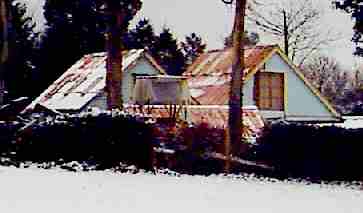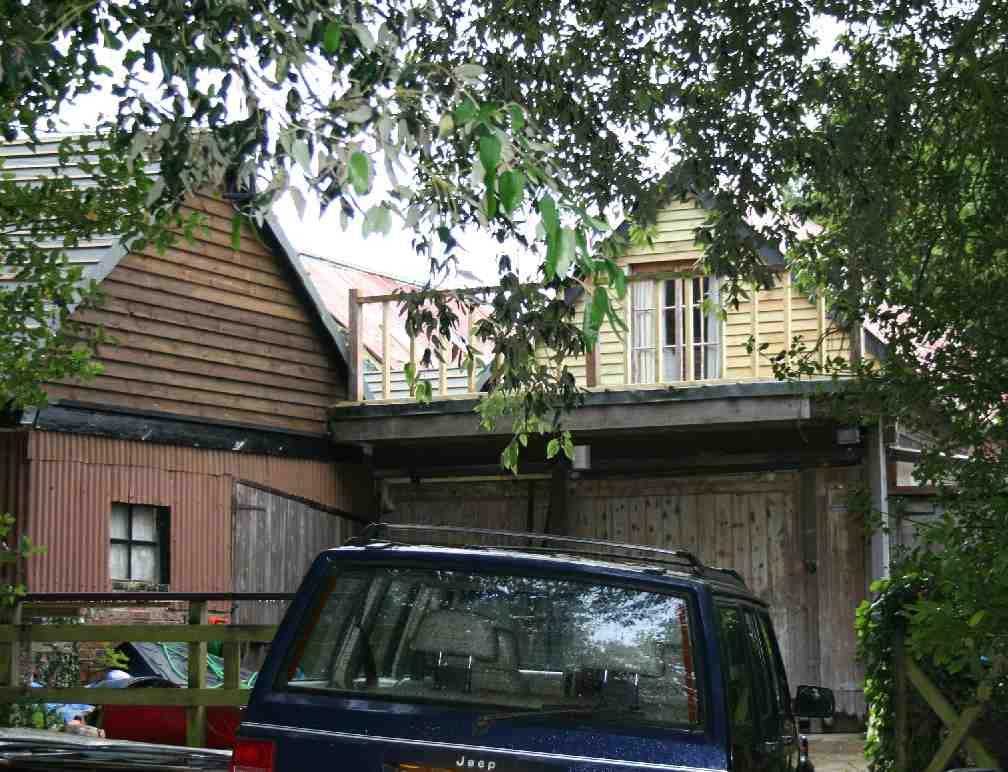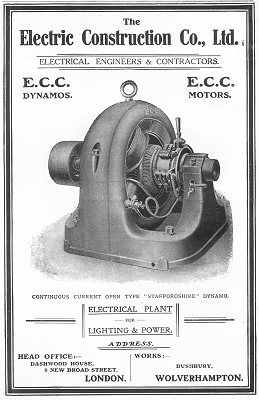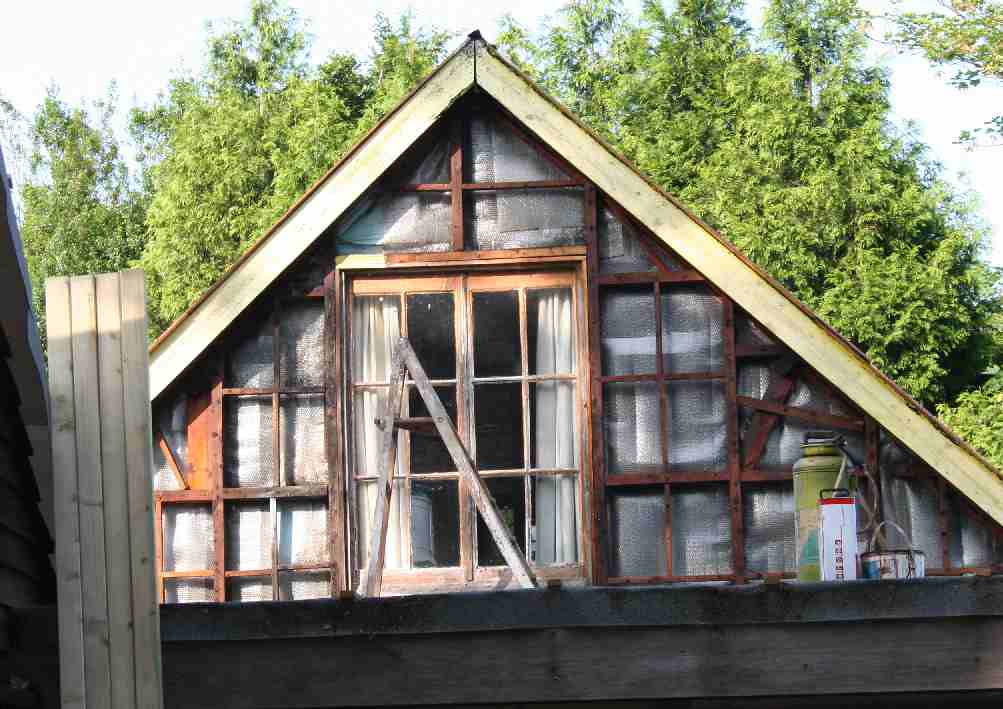|
THE OLD STEAM HOUSE
DAWN of an AGE
|
||||
|
20 YEARS OF MISDIRECTION - THE TRUTH IS STRANGER THAN FICTION
In a sleepy backwater of Sussex stands a unique building as a reminder of our past. It is ordinary looking, of simple construction and rather tired from years of neglect. Many locals have tried to buy it just to knock it down and were it not for the efforts of one man over 25 years, this building would surely not exist today for everyone to see. So why all the fuss?
No full restoration until history recognised - ongoing 2007
We are now in the modern electrical age. We rely on electricity for computers, to power our factories, run our offices and our homes. This is all made possible because of the electrical generating industry which began not with huge power stations, but with private landowners installing generating equipment for their estates. Rudyard Kipling was one such landowner and his estate called Bateman's is now a listed building owned by English Heritage.
Landowners were encouraged by an Act of Parliament to lay power supply lines and generate electricity for their area, pending compensation in the event of absorption. The practice soon spread as townships started up municipal supplies, eventually absorbing the private installations as they expanded so heralding the modern age and a network of electricity supplies we take for granted today.
As recently as 1995, English Heritage realised that all evidence of this important stage in Man's development would be lost as the archaeological remains of early installations were being demolished unchecked. Local authorities failed to recognise the importance of redundant generating buildings, where their agenda was to allow these perceived eyesores to rot away. For this reason English Heritage commissioned a Monument Protection Program in 1995, as a means to identify and preserve the few remaining examples of different types of installation.
One such example that was nearly overlooked is the Old Steam House at Herstmonceux, Sussex in England. The story of how this building came to be recognised by English Heritage, the East Sussex County Archaeologist and others is a lesson to public authorities to tend to their duty to protect the historic built environment and properly assess that on their doorstep. In this case it was unfortunate that several neighbours with good connections wished to purchase this old barn building to demolish it. However, the the building was purchased in 1982 from Nikolia Askaroff, a friendly neighbour, to restore it for use as his home. Naturally, hostile neighbour offers were resisted, including efforts to secure the building by Peter and June Townley, knowing that if they were to acquire it, the rare building would be lost forever. Of course this kind of thing happens all to often and the neighbours for the most part, had no inkling of planning law, or what is and is not worthy of preservation.
After several planning applications and appeals, the truth about the history of this unusual building finally surfaced after 20 years of battling. The then occupier had not been familiar with the planning system, guidance notes etc, and for this reason relied on his local authority. Unfortunately, the local authority did not apply themselves to the task in the mistaken belief the building was not significant historically. How wrong they were.
The Old Steam House - fascia weather boarding and balcony June 07
Hence it was that on Appeal in 1987 officers of Wealden District Council (WDC) told the Planning Inspectorate this historic building: "held no history worth preserving". When asked for an explanation by the occupier in 2001, the Secretary of State said they'd accepted WDC's evidence in 1987-88 and 1995-7 in good faith - but confirmed their was no statutory right of appeal as to the history (there is a right of appeal on a point of law only) in any event even though this may contravene the Human Rights Act. In similar circumstances Lord Mac Fadyen (the Scottish case) ruled the planning system failed to ensure a right of appeal - but that's another fight for another time and another chap. Accordingly, the last surviving building as evidence of private enterprise supplying a whole village was kept at risk by inadequacies built into our present planning system. Not least of which is overworked councils and poor communication.
As with many true stories, it was just a stroke of luck that after 15 years, in 1997, Nelson was introduced to a gardener named Ron Saunders. Ron had worked on the Lime Park Estate in 1936 and remembered seeing the generating machinery and batteries in situ. He went on to explain that his father was an engineer who operated the equipment. Ron was so concerned the history should be so maligned, he set out his recollection in an Affidavit.
Armed with this new information the occupier applied himself again in 1998 to saving the building by means of a conversion, to a use in keeping with the area. By this time a Trust had been set up with the express purpose of saving the archaeological remains. The usual way old buildings are restored is to find a beneficial use to justify the investment. The 1998 application was fudged by confused officers who in turn confused the committee members, who still believed the building was without a history worthy of preservation - because that's what they were told. It's enough to make a grown man cry!
Undaunted, the occupier applied again in 1999 and this time sought the advice of English Heritage and the County Archaeologist independently, without telling the different departments, where it was likely Wealden Council were still in a confused situation. We all know how council's will fight to the death to defend an earlier mistake.
An article in the Evening Argus netted the 1911 operating instructions missing from Amberley Museum, when a member of the public realised what he'd bought at a boot fair. Where the Royals are not in a position to become directly involved in run of the mill cases such as this, English Heritage did what they could to persuade Wealden Council to re-examine the case.
It seems incredible that despite the efforts of English Heritage and the above Archaeologists, to direct Wealden District Council to carry out their statutory function to "protect the historic built environment," the Old Steam House generating building remains (as we write) without a reasonable or beneficial use as the incentive to restoration - although there is a general mood swing and some encouragement lately, leading the Trust to invest in new roofing. The former occupier is quoted as saying: "This is this kind of apathy that shames us as a nation and at what cost to the ratepayer." Let this be a lesson to us all to be vigilant when it comes to protecting our heritage. The only way to achieve this is to stand up and be counted - no matter how much the personal cost.
In this case the personal cost was significant and a waste of many years of a life, which could have been better spent. Nelson hopes to make up time in pursuing his environmental projects and asks all those previously engaged to thwart him, to now join him in this worthwhile task.
Herstmonceux Electricity Generating Works Circa. 1900 - 1936 Links:
Introduction | Instructions | ISBN | Batteries | Boiler Room | Floor Plan | Ron Saunders | Industrial Revolution | Lime Park | Machinery | Map Power House | Argus 1999 | Public Supply | Roof Construction | Rural Supply Sussex Express 1913 | Conclusion
Archaeology South East | East Sussex CC | English Heritage | SIAS | Sx Exp 1999
Memories of Herstmonceux by Margaret Pollard
Herstmonceux Links Page
Wentworth House
GENERAL HISTORY LINKS
The Old Steam House - woodwork treatment June 06
MARITIME HISTORY
Westonzoyland is a small village on the Somerset Levels, a few miles from Bridgwater. It is the home of Somerset's earliest steam-powered pumping station (built 1830), now a museum displaying stationary steam engines (including Robeys) and exhibits of land drainage history.
The Road Roller Association (RRA) was formed in 1974 by a handful of dedicated enthusiasts and now have over 450 members in the U.K. and overseas. One of the prime objectives of the RRA is to help encourage the preservation of Rollers, both Steam and Motor, and other items of road making equipment used by road making gangs,
If you love the spectacle of immaculately-restored old machinery, or are fascinated by Britainís rich industrial and transport heritage, Old Glory is the magazine for you! In vivid detail it brings back all the sights and sounds of yesteryear.
The Volund Junior was modelled on the Tandem roller design produced by Robey. The Damptromleklubben (steam roller club) of Denmark own and rally an example of this machine. It can be viewed at their web-site.
The Road Locomotive Society was founded in 1937 with the principle aims of encouraging education and research into the history of self propelling steam engines and vehicles (other than those running on rails) and "portable engines".
Amberley Working Museum is a 36 acre open-air museum dedicated to the industrial heritage of the south-east. Staffed largely by volunteers, the museum contains a wide range of exhibits, ranging from transported-based collections, such as the Southdown bus collection & the village garage, to industry-based collections, such as the Print Workshop & Wheelwrights. The museum is also home to a rather magnificent Robey Oil Engine.
The NTET represents owners and enthusiasts alike and is pleased to be regarded as the World's Premier Steam Traction Preservation Organisation
Stationary Steam in India 2006 - introduction A Reason to Return - a brand new steam powered rice mill in a green field site. Marshall Heaven - we always go the extra mile to bring you working stationary steam. Just Another Marshall (Part 2) - too bad it wasn't working! Just Another Marshall (Part 3) - drop valve action... My Other Steam Engine is a Marshall too - if you're different don't do it by halves. Many Happy Returns - unexpected returns to old gricing spots. All I want for Christmas... - anything but another bloody Marshall. The Loose Ends - the bits and pieces that ask as many question as they answer Robert Clive's Sugar Mill - well, it's not quite that old.
|
||||
|
This website is Copyright © 1999 & 2014 Max Energy Limited, an environmental educational charity working hard for world peace.. All other trademarks are hereby acknowledged.
|



